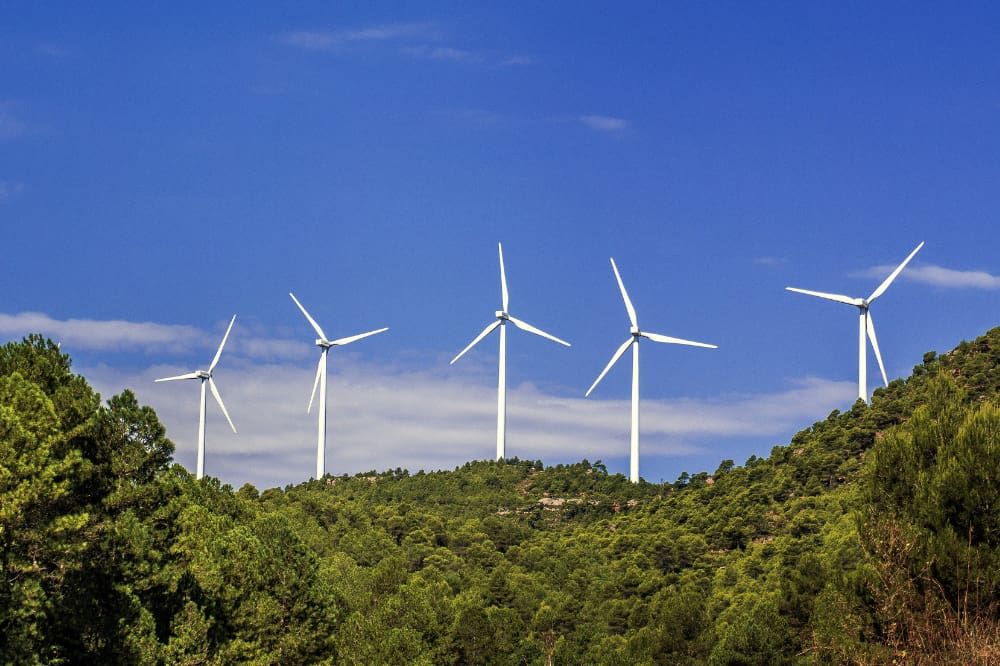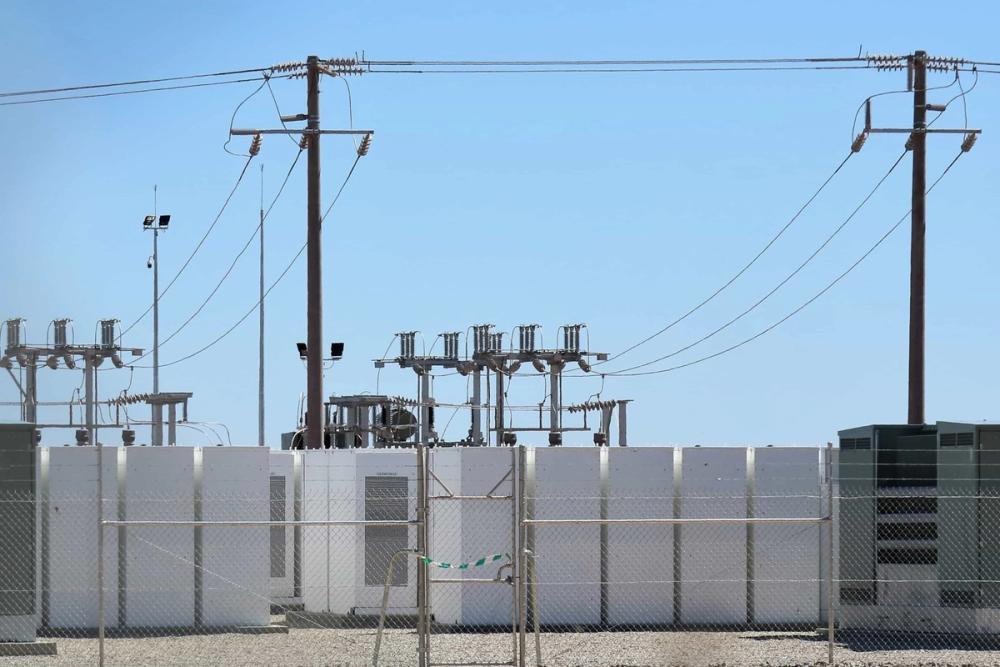How Much Energy Does a Solar Panel Produce?

In the ever-expanding realm of renewable energy, solar power stands as a shining example of harnessing the boundless energy radiating from the sun.
As solar technology continues to advance, more people are turning to solar panels as a sustainable and eco-friendly way to generate electricity.
In this blog post, we will delve into the fascinating world of solar energy and explore the factors that influence how much energy a solar panel can produce.
Understanding Solar Panel Output Efficiency
Solar panels work by converting sunlight into electricity through the photovoltaic effect. When sunlight strikes the semiconductor material within the solar cells, it excites electrons, generating an electric current. The efficiency of this process is a critical factor in determining how much energy a solar panel can produce.
The industry standard for measuring solar panel efficiency is based on Standard Test Conditions (STC), which include a sunlight intensity of 1000 watts per square metre, a cell temperature of 25 degrees Celsius (77 degrees Fahrenheit), and an air mass of 1.5.
Under these conditions, a solar panel with 100% efficiency would theoretically produce its rated power output. Several factors can influence the efficiency of solar panels, including the quality of materials, temperature, shading, and the angle and orientation of the panels.
High-quality solar panels work with advanced technologies meaning that they generally have higher conversion efficiencies, meaning they can convert a larger percentage of sunlight into electricity.
How Much Energy Can a Solar Panel Produce?
The energy production of a solar panel is measured in kilowatt-hours (kWh) and depends on various factors. The capacity of a solar panel is measured in watts (W) and indicates the maximum amount of power it can generate under ideal conditions.
Common residential solar panels have capacities ranging from 250 to 400 watts. For example, a 300-watt solar panel could theoretically produce 300 watt-hours or 0.3 kilowatt-hours of electricity in one hour under STC.
The amount of sunlight a location receives significantly impacts a solar panel's energy production. Regions with higher sunlight intensity and longer daylight hours generally produce more solar energy.
For instance, a solar panel in a sun-soaked desert area might generate more energy than one in a location with frequent cloud cover.
The orientation and tilt angle of solar panels play a crucial role in optimising energy production. Panels facing south in the Northern Hemisphere or north in the Southern Hemisphere receive more direct sunlight throughout the day.
Coupling a solar panel setup with a battery energy storage system will provide you with a great number of benefits including being able to store your excess solar energy.
Factors To Consider
When discussing how much energy a solar panel produces, there are a variety of factors that you must consider when calculating a final figure. These can range from the temperature to the shading of the area in which they are placed.
Temperature
The average solar panel output is intricately tied to their operating temperature, with cooler conditions favouring optimal performance. Under the right conditions, you can make efficient solar panels that produce energy for your entire business or home.
Solar panels generate electricity through the photovoltaic effect, a process that involves the conversion of sunlight into electrical energy.
However, as the temperature of solar panels increases, their efficiency tends to decrease, impacting overall energy production.
To address this thermal sensitivity, solar panel installations often incorporate design features aimed at dissipating excess heat and maintaining lower operating temperatures.
One common strategy involves mounting solar panels with a gap or airspace underneath, creating a natural pathway for air circulation.
This design allows ambient air to flow beneath the panels, facilitating the removal of heat generated during the solar energy conversion process.
Shading
Shading poses a substantial challenge to the efficiency and performance of solar panels, emphasising the critical importance of unobstructed sunlight exposure for optimal energy production.
Even a small amount of shading on a solar panel array can lead to a noticeable reduction in output, as shaded cells experience decreased sunlight absorption and, consequently, generate less electricity.
The impact of shading is particularly pronounced in series-connected solar panel systems, where the current passing through the entire series is determined by the least illuminated panel. This makes it imperative to install solar panels in the optimum location for sunlight.
Advancements in Solar Technology
The field of solar power is evolving rapidly, leading to continuous improvements in panel efficiency and overall performance. Emerging technologies, such as bifacial solar panels and tandem solar cells, are pushing the boundaries of what was once thought possible.
A bifacial solar panel can capture sunlight from both sides, utilising reflected sunlight from surrounding surfaces, while tandem solar cells stack multiple layers of photovoltaic materials to enhance efficiency.
Investing in the latest solar technologies, such as a solar battery, can potentially yield higher energy production and greater returns over the lifespan of the solar installation.
Lifecycle and Durability
When considering the energy output of solar panels, it's crucial to examine their lifecycle and durability. High-quality solar panels are designed to withstand environmental factors, such as wind, rain, and snow, ensuring a long and productive lifespan.
Understanding the manufacturer's warranty and the expected degradation rate over time is essential for accurately estimating the long-term energy production of the panels.
Calculating Solar Panel Energy Production
To estimate the annual energy production of a solar panel, you can use the following formula:
Annual Energy Production (kWh)= Panel Capacity (kW)× Daily Sunlight Hours × Days in a Year × Efficiency Factor.
The efficiency factor accounts for losses due to factors like temperature, shading, and so on. It's typically expressed as a decimal, with 0.75 being a commonly used value for residential solar systems.
Conclusion
Investing in solar panels is not just about embracing renewable energy; it's about understanding the factors that influence their performance.
The amount of energy a solar panel can produce is a dynamic interplay of efficiency, sunlight intensity, panel capacity, and environmental conditions.
As technology continues to advance and solar installations become more commonplace, the potential for solar energy to power our homes, businesses, and communities becomes increasingly promising.
By demystifying the intricacies of solar energy production, we empower ourselves to make informed choices that contribute to a more sustainable and sun-powered future.



